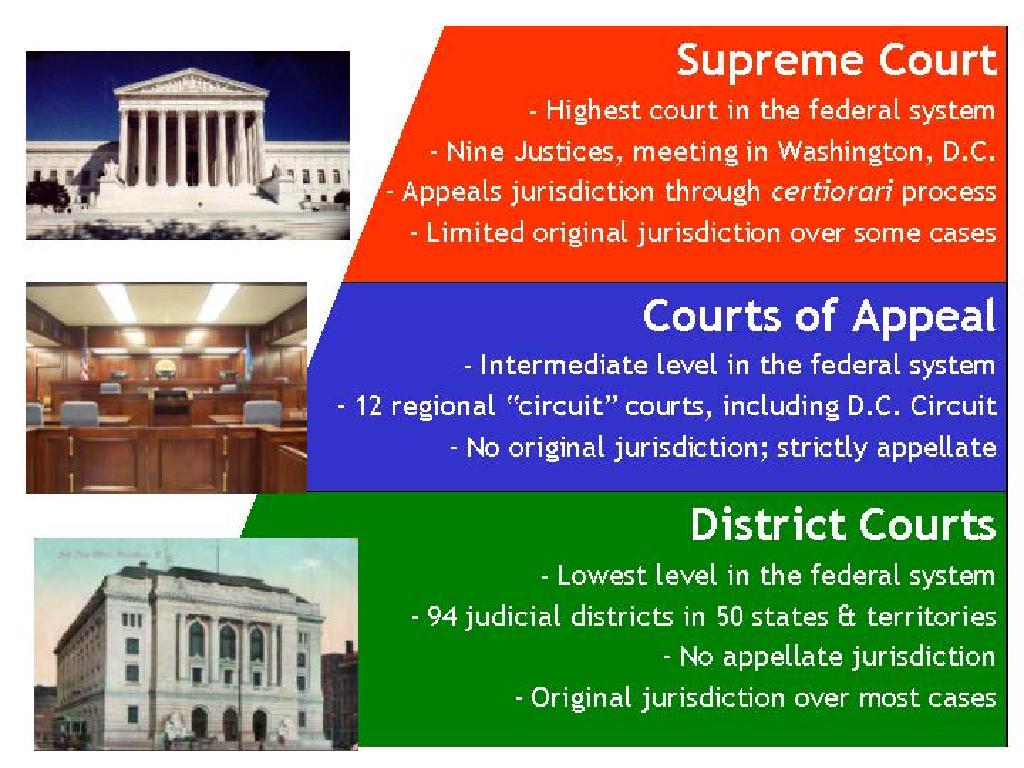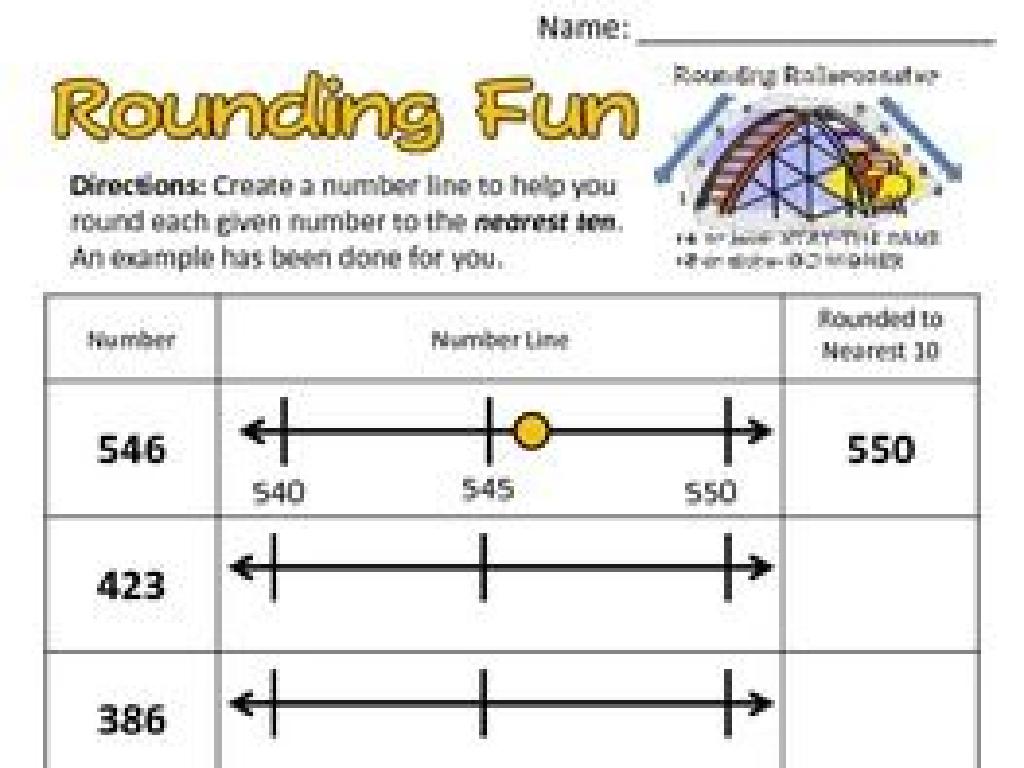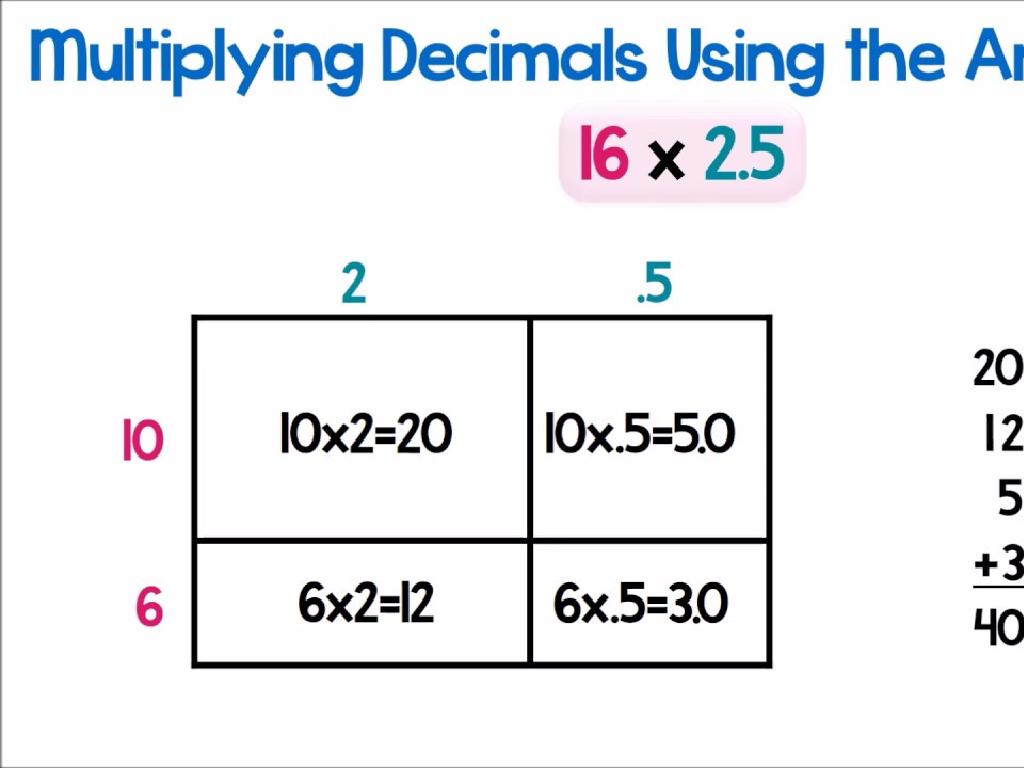Identify Multiple Materials In Objects
Subject: Science
Grade: Second grade
Topic: Materials
Please LOG IN to download the presentation. Access is available to registered users only.
View More Content
Exploring Materials in Everyday Objects
– Learn about different materials
– Find out what things are made of
– Look at your pencil, what is it made from?
– Understand why objects look/feel different
– Materials like metal or plastic have unique properties
– Discuss the importance of materials
– Knowing materials helps us use them better
|
This slide introduces students to the concept of materials and their significance in the composition of everyday objects. Encourage the students to observe and touch various objects to feel the difference in materials. Explain that materials are substances that things are made from and that different materials have different properties, such as texture, hardness, and color, which affect the appearance and functionality of objects. Discuss how understanding these materials is essential for making and using objects effectively. For example, why are windows made of glass and not wood? Engage the class in a discussion about the materials they encounter in their daily lives and how those materials make the objects suitable for their specific uses.
Exploring Materials Around Us
– Understanding what materials are
– Identifying common materials
– Wood, plastic, metal, glass are everywhere
– Recognizing materials’ properties
– Hardness, flexibility, transparency
– Examples of different materials
– Chairs are wood, bottles are plastic
|
This slide introduces the concept of materials to second-grade students. Begin by explaining that materials are substances that objects are made from. Highlight common materials they encounter daily, such as wood, plastic, metal, and glass. Discuss the properties that make each material unique, like how hard or bendable they are, or if you can see through them. Use relatable examples such as wooden chairs or plastic bottles to help students connect the information to the real world. Encourage students to touch and feel different objects to understand their materials better.
Exploring Materials: Wood
– Wood origin and uses
– Wood is harvested from trees and used in various products.
– Wood’s strength in furniture
– Ideal for tables, chairs due to its durability.
– Identify wooden objects
– Think of items at home like a bed frame or a bookshelf.
– Discuss properties of wood
|
This slide introduces students to wood as a material, emphasizing its origin from trees and its common uses, particularly in furniture due to its strength and sturdiness. Encourage students to identify objects in their surroundings made of wood, which will help them connect the material to their everyday lives. Discuss the properties of wood, such as its durability and how it can be shaped and used in construction. This activity will enhance their understanding of materials and their applications in various objects.
Exploring Materials: Plastic
– Plastic is a versatile material
– Used in toys, bottles, and more
– Identify plastic items you used
– Think of your day: lunchbox, pencil, or toy?
– Discuss why plastic is popular
– It’s lightweight and easy to shape
|
This slide introduces students to the material ‘plastic’ and its prevalence in everyday items. Emphasize the versatility of plastic and how it can be molded into various shapes, making it suitable for a wide range of uses. Encourage the students to identify objects they have used throughout the day that are made of plastic, such as parts of their lunchbox, pencils, or toys. This activity will help them recognize the material in their environment. Discuss with the class why plastic is a popular choice for making so many items, focusing on its properties like being lightweight and easy to manufacture. The goal is to make students aware of the materials around them and understand the basic properties that make plastic unique.
Exploring Materials: Metal
– Metal is hard and shiny
– Metals can be shaped
– Bent or melted into new forms
– Metal is everywhere
– Used in cars, coins, and more
– Discuss metal objects
– Think of items made of metal at home or school
|
This slide introduces students to the material ‘metal’ and its properties. Explain that metal is a material that can be recognized by its hard surface and shiny appearance. Discuss how metal can be changed into different shapes by bending or melting, which is why it’s used in so many objects. Ask students to look around their environment, both at home and in school, to identify objects made of metal, such as cars, coins, kitchen utensils, and playground equipment. This will help them connect the concept of metal to their everyday lives and understand its versatility and importance in manufacturing and construction.
Exploring Materials: Glass
– Glass is transparent
– You can see through it!
– Used in windows, glasses, jars
– Think of your kitchen or classroom!
– Why glass for windows?
– Is it because we can see through it?
|
This slide introduces students to the material ‘glass’ and its properties. Start by explaining that glass is a very special material because it is transparent, meaning we can see through it. Show examples of glass objects such as windows, eyeglasses, and jars. Ask the students why they think glass is used for windows, prompting them to consider its transparency and how it allows light into a room while keeping the weather out. This will help them to start thinking critically about the materials used in everyday objects and why certain materials are chosen for specific purposes.
Exploring Material Properties
– Materials have different properties
– Strength, flexibility, transparency, etc.
– Properties determine material use
– Why are windows glass and not wood?
– Match objects with properties
– A rubber ball is bouncy; why is that?
– Activity: Property matching game
|
This slide introduces the concept of material properties to second-grade students. Begin by explaining that materials are the substances things are made from, like metal, glass, or wood. Discuss how different materials have different properties, such as being strong, flexible, or see-through (transparent), and how these properties make them suitable for certain uses. For example, glass is used for windows because it’s transparent and lets light through. Engage the class with an activity where they match everyday objects to their material properties, such as a rubber ball’s bounciness due to its flexibility. This activity will help students understand the practical applications of material properties in their daily lives.
Mix and Match Materials Game
– Match objects with materials
– Consider what objects are made of
– Is a water bottle made of plastic or metal?
– Get ready to play the game
– Let’s begin our materials match!
|
This interactive game is designed to help students identify and match common objects with the materials they are made from. Before starting the game, briefly review different materials such as plastic, metal, wood, and glass. Encourage the students to think about everyday objects they use and what materials these might be made from. During the game, show them pictures of objects and ask them to choose the correct material from options provided. This activity will enhance their understanding of materials and their ability to observe and categorize objects based on their composition. Prepare a variety of objects to keep the game engaging and cover a range of materials.
Class Activity: Material Hunt
– Let’s explore materials in our classroom
– Find items made of wood, plastic, metal, glass
– Draw or list your findings and their materials
– Use your observation skills to note the texture and look
– Share what you discovered with the class
|
This activity is designed to help students identify and differentiate between various materials in their immediate environment. Encourage the students to walk around the classroom and look for objects made of wood, plastic, metal, and glass. They should use their senses to feel the texture and observe the appearance to determine the material. Students can either draw a picture of the item or write down the name of the object next to the material it’s made of. After the hunt, ask the students to present their findings to the class, discussing how they recognized each material. This will help reinforce their understanding of the characteristics of different materials. Possible items they might find include a wooden desk, a plastic ruler, a metal paperclip, and a glass window.
Material Hunt: Conclusion
– Excellent work on Material Hunt
– Learned about various materials
– Explored materials like wood, metal, plastic
– Materials are everywhere
– Each material has a unique purpose
– Glass is see-through, metal is strong
|
Great job, students! Today, we successfully completed our Material Hunt activity. We’ve explored and learned about a variety of materials such as wood, metal, plastic, and glass, and how they are used in different objects around us. Remember that every material has unique properties that make it suitable for specific uses, like how glass is used for windows because it’s transparent, and metal is used for construction due to its strength. Encourage the students to keep observing the materials in objects they use daily and think about why those materials were chosen for each object.




/colonial_america_settlement.jpg)